Thornflower has its roots deep in the artist’s childhood in Prague (which she left in 1939) in happy memories of her grandmothers’ home “Das Rosel Haus (the house of rose)” and in the death of her grandmother in Treblinka in 1942.
It is a reflection not only on the Nazi Holocaust but on “man’s inhumanity” across history, representing, in Charlotte Mayer’s own words “an urgent wish to make a sculpture uniting opposing elements of thorns and flowers, to speak of reconciliation, peace and oneness”.
Roses and thorns are never far apart in life, but it is the beauty of the rose that we remember.*
*from a signboard next to the artwork



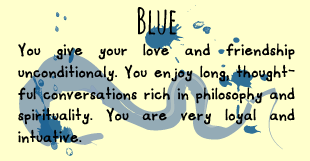
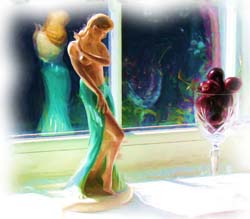

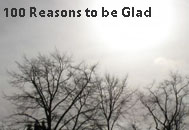
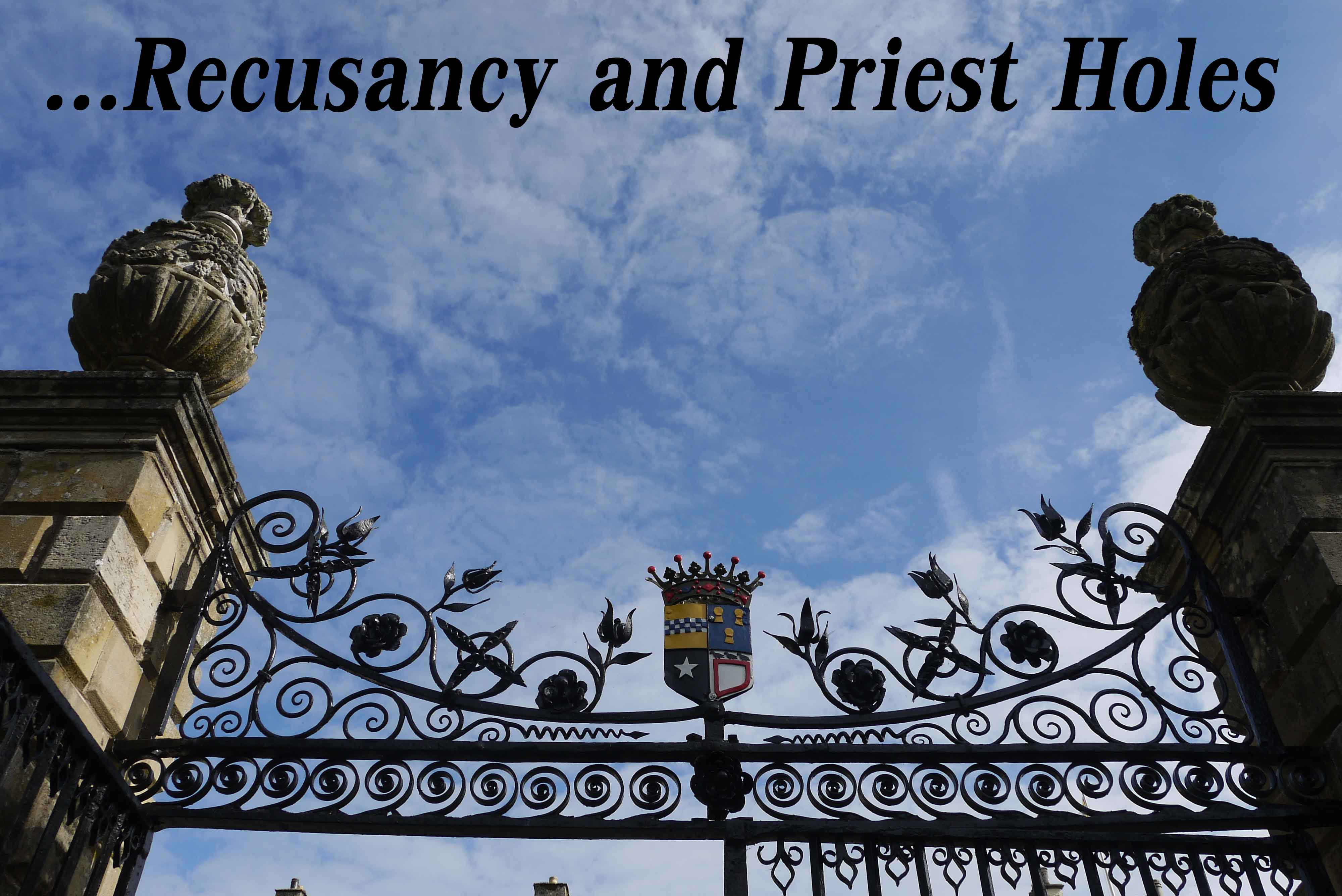
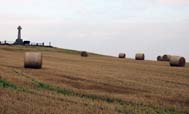
Hello stranger I must make time to catch up with your blog again.
I must make time to catch up with your blog again.
Hi Jan, it is lovely to hear from you I hope you are OK?
I hope you are OK?
The idea of uniting thorns and flowers to symbolize that the beauty of the rose (or peace) is remembered despite the thorns (or pain) is a poignant message.
There are some good themes in this Cathedral that was built next to the site of the previous Cathedral building that was destroyed by bombing WWII.
Very poignant and moving – that is a lovely photo.
Thank you
The spikes reminded me of toothed lancewood!
A very unusual looking plant that I came across is New Zealand early this year.
Wow, feels like yesterday now?!
I have not heard of the toothed lancewood. Hopefully you have a photo to share.
I wonder if my in laws, who didn’t leave Prague for Budapest till 1943, knew Mayer or her work. I don’t remember her name being mentioned, once the in laws lived in Australia.
It sounds like your in-laws have a story to tell.